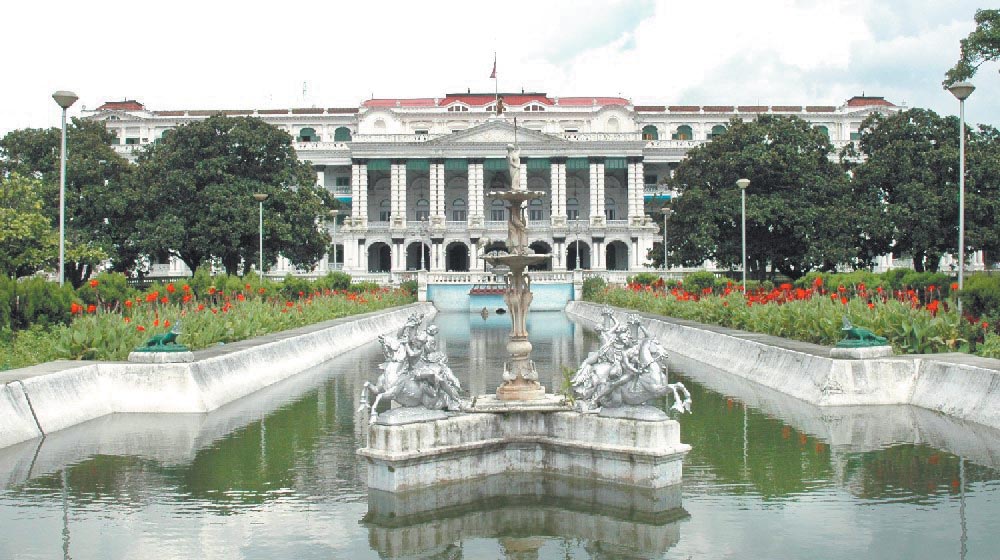Govt unlikely to meet water supply target
Kathmandu, January 13
Nepal will most likely fail to meet the national target of providing safe drinking water and basic sanitation facilities to all by 2017.
According to the Department of Water Supply and Sanitation, 89 per cent of the total population of the country has access to basic sanitation facilities whereas 86 per cent has access to drinking water facilities.
It is highly unlikely that the country will meet the target by 2017 as less than 90 per cent population will be covered by the end of this year, said chief of Environmental Sanitation and Disaster Management Division Prem Kumar Shrestha.
According to him, disturbances in water supply projects and natural disasters, among other hurdles are seen in meeting the water supply target while lack of toilets and open defecation have hampered the sanitation side of the project.
As per the department, the involvement of general public in sanitation sector has significantly increased from six per cent in 1990 to 81.95 per cent in 2016. Similarly, people’s involvement in easing water supply stood at 46 per cent in 1990 while it is 86 per cent in 2016.
Nepal has already met the Millennium Development Goal target set in WASH sector as a result of joint collaborative efforts from all sectors. Recent surveys show a significant progress in sanitation in terms of access as well as substantial decrease in open defecation. For now, sustainability of drinking water supply is a priority concern.
The supply of water through pipes was first started in the country in 1895, when the first Bir Dhara system (1891-1893) was commissioned in Kathmandu by then Rana prime minister Bir Sumsher. The system later led to the establishment of Pani Goshowara Adda (Office for Water Supply) that supplied water to limited private and community standpipes in selected parts of Kathmandu.
Water supply service was then gradually extended to few other prominent places like Amalekhgunj, Birgunj, Palpa and Jajarkot where either the Rana rulers or their families resided.






